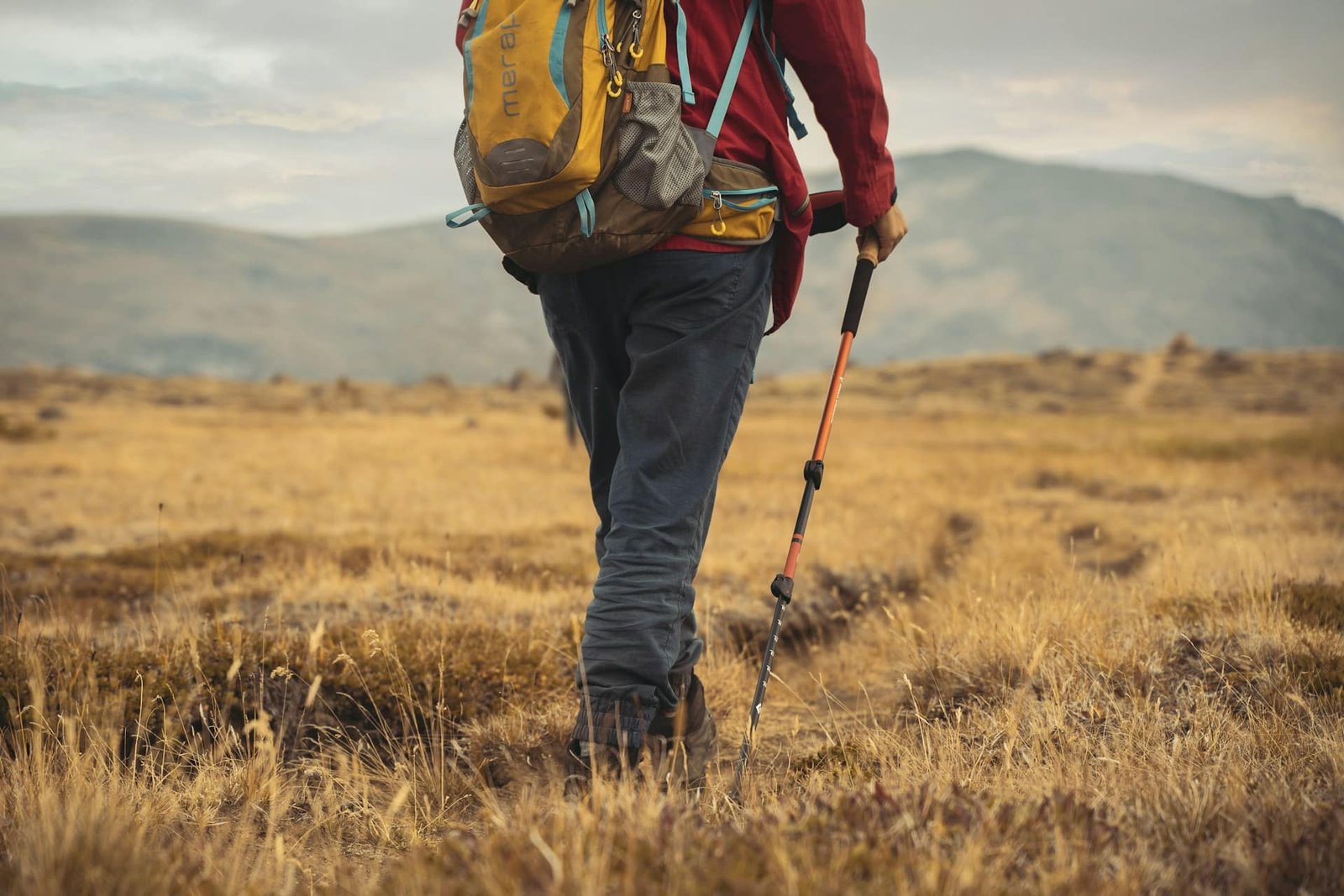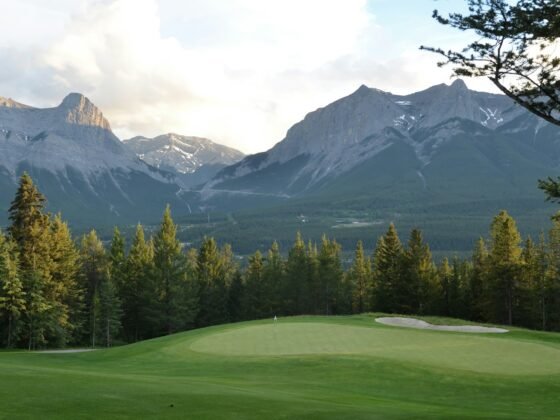Trekking poles are one of the most underestimated pieces of trek gear, especially by beginners. Many think there’s no technique or thought involved, just grab and go. But that’s not the case. Poles can transform how your body handles the terrain. The catch is that it only happens if you’re using the right kind and using them right.
Overlooking this can lead to unnecessary fatigue, discomfort, or even injury. So, if you’re just getting started or finally ready to upgrade your setup, it’s worth learning from common mistakes. We’ll break them down one by one and explain how to use this gear for better stability, energy conservation, and comfort on the trail.
Continue reading!
Buying the Cheapest or Flashiest Pair
It’s easy to get swayed by options that look cool or cost next to nothing, but trekking poles aren’t something to buy on impulse. Flashy paint jobs and ultra-budget sets often trade quality for looks or convenience. They might lack secure mechanisms, feel unbalanced, or wear out after just a few hikes, or worse, lead to an accident.
So, instead, always focus on the quality. Look for strong materials like carbon fiber or aircraft-grade aluminum. They hold up over time without adding weight. Comfort also matters: padded or contoured grips protect your hands on long hikes, and secure locking systems keep everything steady.
It’s also wise to stick with trusted brands like Black Diamond, which specialize in trekking and climbing equipment designed with actual trail conditions in mind. This attention to detail makes sure your gear is made for reliability, even when conditions get rough.
Using Poles Without Understanding How They Work
Even the best tools won’t help if you don’t know how to use them properly. A common mistake is walking with poles that are too tall or too short. That throws off your posture, tires your shoulders, and limits their effectiveness. Another issue? Planting them randomly rather than with intention.
A good rule is to adjust your poles so your elbows form a 90-degree angle when your tips touch the ground. On uphill climbs, shorten them slightly to help with lift. For downhills, extend them to offer more support and shock absorption. The rhythm of pole placement should match your stride, not feel like an extra thing to manage. With a bit of practice, the movement becomes natural and saves serious energy.
Ignoring the Terrain and Using One Setup for Everything
One pair, one length, one style for every kind of trail? That rarely works. The way you use poles should shift depending on the surface you’re walking on. Rocky terrain may require more aggressive tips, while snow or mud might call for baskets or rubber caps.
Also, using the same stride or pole angle on flat terrain as you would on a steep hill leads to awkward movement and reduced support. Being flexible and adapting your technique to the trail keeps your momentum steady and reduces the chance of slipping or overexerting.
Holding the Poles Wrong or Skipping the Straps
Your hands shouldn’t feel sore or tired after using trekking poles. If they do, chances are you’re gripping them too tightly or not using the wrist straps the right way. Some beginners even skip the straps completely, especially on shorter hikes, but that’s a missed opportunity.
The straps are not there by accident. When worn properly, they hold your wrists up and relieve the strain on your fingers. To wear them properly, slide your hand up into the bottom of the strap. Then lay your palm atop so that the strap goes around your wrist.
This means you can bear down without needing to grasp hard. It allows the poles to feel like they’re an extension of your arms, rather than something to be carried. This technique also offers greater control downhill or over rough sections of trail.
Not Practicing Before the Real Hike
Even good gear won’t help much if you haven’t practiced with it. Many beginners unbox their trekking poles on trek day. Then spend half the trail trying to adjust them properly or feeling awkward about how to swing them.
If you’re new to poles, try a short walk in your neighborhood or local park first. Test the height, the grip, and the rhythm of your arms. Learn how to change the length on the go. Doing this before a big trek can help you move more naturally and comfortably when it counts most.
That’s a Wrap!
Trekking poles can be game-changers for stability, posture, and overall trail comfort, but only when used correctly. By avoiding these common beginner mistakes, you can get more out of your hikes, conserve energy, and stay safer on rough terrain. Take a bit of time to choose the right pair, learn how to use them, and practice ahead of time. It’s a small effort that leads to a much better experience outdoors.
Photo by Colby Winfield on Unsplash












